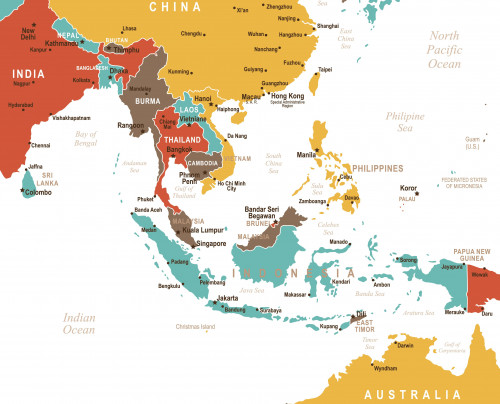With 13,384 new HIV diagnoses last year alone—about 38 per day—the Philippines is experiencing the fastest-growing HIV epidemic in the world. In fact, the estimated number of new infections in the Southeast Asian nation more than doubled in the past five years.
Why is that? An article in The Wall Street Journal attempts to unpack the numbers, look at what’s fueling the high rates and explore the challenges of fighting this epidemic.

Istock
Below are a few takeaways from the Wall Street Journal’s reporting:
- A large percentage of new HIV cases are among men who have sex with men, notably those between 15 and 34 years old.
- In recent years, cheap cell phones have made online hookup and dating apps more accessible and popular than ever.
- Partially because Filipinos are overwhelmingly Catholic and conservative, many people—particularly gay men at high risk for HIV—have not been educated about safer sex.
- The population’s conservativism has hindered HIV prevention efforts in other ways. For example, people have opposed pre-exposure prophylaxis, or PrEP, because they fear it will promote promiscuity. As a result, PrEP is neither available at pharmacies nor covered by insurance; it’s distributed only via the nonprofit organization LoveYoursef.
- Nearly 67,400 Filipinos have been diagnosed with HIV, but the United Nations AIDS organization UNAIDS estimates that more than 77,000 people in the nation are living with the virus.
- Individuals and advocacy groups have taken the initiative and provide HIV testing at gay bars and popular events. Although the government offers HIV meds to those who test positive, doctors and treatment facilities require a confirmatory test from a federal laboratory in Manila. The lab is overcrowded, and results can take months, so many people don’t get the test and forgo starting meds. This is problematic not only because the individual person’s health is compromised but also because people with HIV who don’t take meds have a detectable viral load and can spread the virus. (Conversely, those with suppressed viral load do not transmit HIV, a fact known as undetectable equals untransmittable, or U=U.)
- Until about 2007, most HIV transmissions in the country were attributed to heterosexual encounters.
For a related POZ article, see “Condoms Don’t Feel Good, So Don’t Use Them, Says Philippines President.” And to learn more about the latest HIV prevention tactics, see “How Well do U=U and PrEP Work? The CDC Updates Its Answers.”







Comments
Comments